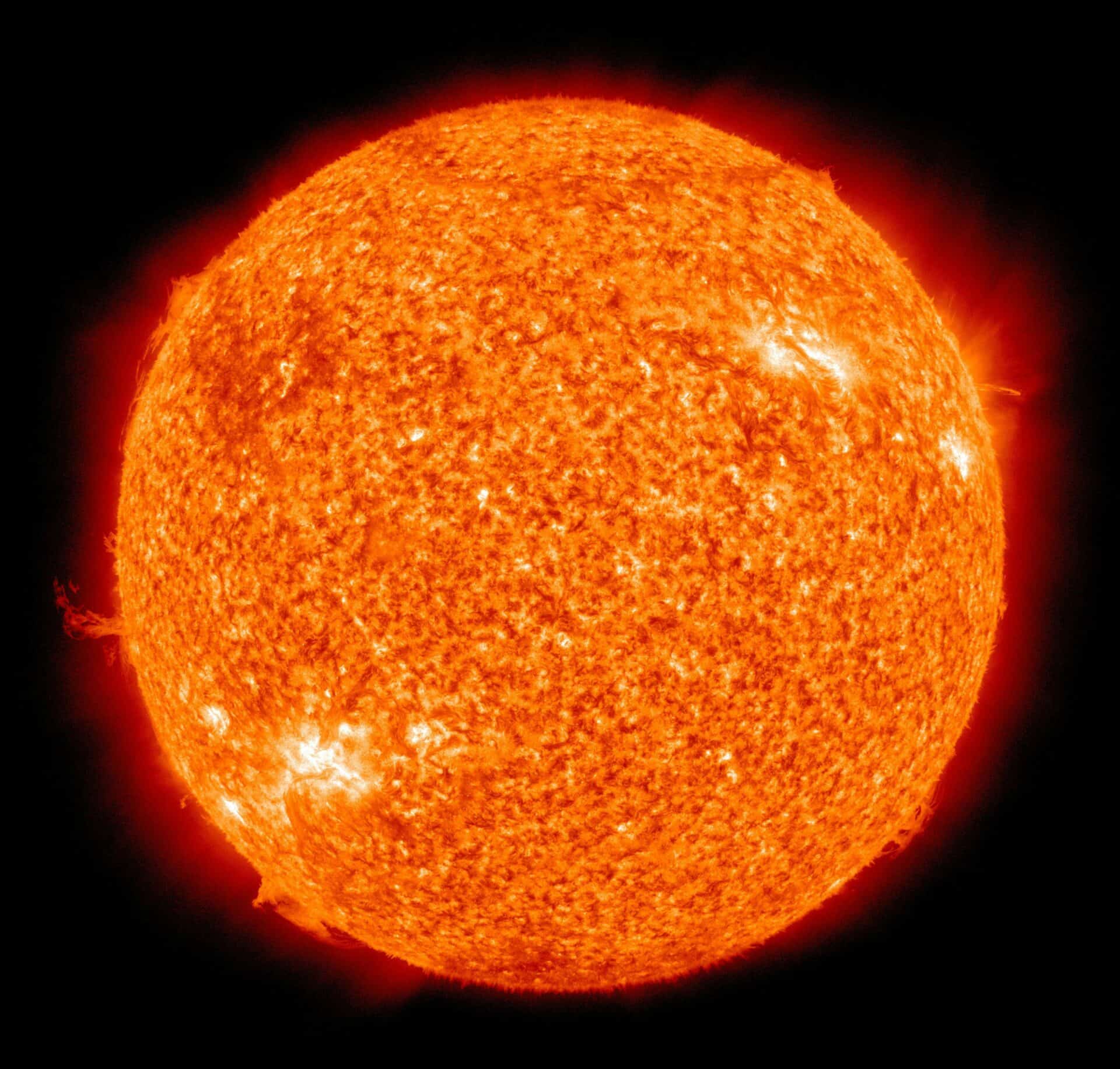Eclipse 2024
Why Don’t We Look Directly At the Sun?

Before you start planning your eclipse-watching outfit, let’s talk safety. Staring directly at the Sun during an eclipse is a big no-no. You wouldn’t want to fry your retinas, would you? That’s where eclipse glasses come in – they’re like stylish shades with a superpower: protecting your precious peepers from solar damage. Trust us, your eyeballs will thank you later.
Even though the sun is about 93 million miles away, looking at it for even a few seconds can cause serious eye damage. Have you ever used a magnifying glass to burn holes in paper? The same principle applies during a solar eclipse, the focus of the sun’s rays into the lens of your retina will literally burn holes in your eyes. So always use protective solar eclipse glasses (like the ones you might have from Cincinnati State!) or a handheld solar viewer that contain proper solar filters.
Best Viewing Locations around Cincinnati
You can discover the best place for yourself by viewing the interactive Google eclipse map (developed by Xavier Jubier) or check out the following locations/events:
Look along the path of totality – find places like public parks to spend the day, but it’s highly recommended to plan ahead because popular locations may become crowded. VisitCincy.com has a great list of events around the Cincinnati Area!
Can’t make it somewhere? Check out NASA’s 2024 Total Solar Eclipse Broadcast. Here’s the trailer:
The History
Alright, let’s dive into the cosmic history of total solar eclipses! Picture this: it’s ancient times, and humans are just starting to figure out this whole “sky” thing. Suddenly, out of nowhere, the sun disappears, leaving everyone on Earth in a state of awe and confusion. Yep, you guessed it – that’s the magic of a total solar eclipse.
The earliest recorded observations of solar eclipses date back to ancient civilizations like the Babylonians and the Egyptians, who saw these celestial events as powerful omens or messages from the gods. Fast forward a few centuries, and you’ve got the Greeks and the Chinese making detailed records of eclipses, trying to unlock the secrets of the universe.
But it wasn’t until the 17th century that astronomers like Johannes Kepler and Galileo Galilei really started to unravel the mysteries of eclipses. They were the OG scientists who used math, telescopes, and a whole lot of brainpower to understand the mechanics behind these cosmic phenomena. Turns out, a solar eclipse happens when the moon slides between the Earth and the sun, casting a shadow that blocks out the sunlight.
Nowadays, thanks to modern technology and our trusty friend science, we can predict eclipses down to the minute. But that doesn’t make them any less mind-blowing! Total solar eclipses still have the power to captivate and inspire people all around the world, reminding us that we’re just tiny specks in the vastness of the cosmos.
So, the next time you witness the moon’s shadow creeping across the sun, remember that you’re part of a cosmic tradition that stretches back thousands of years. It’s like being connected to every human who ever gazed up at the sky in wonder – pretty cool, huh?
